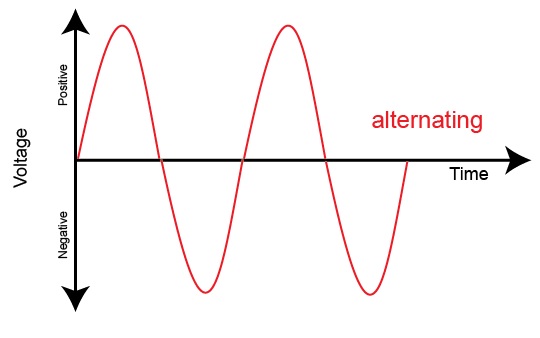
As the name suggests, an electric current that changes its direction at a periodic interval is known as an alternating current. The magnitude may or may not be altered every time but the electric current must change its direction periodically. It is indicated by the abbreviation AC.
The standard waveform of alternating current in most electric force circuits is a sine wave, whose positive half-period compares with the positive bearing of the flow and the other way around. In specific applications, similar to guitar enhancers, various waveforms are utilized, like three-sided waves or square waves. Sound and radio signs carried on electrical wires are additionally instances of alternating electric current. These sorts of rotating currents convey data like (sound) or pictures (video) some of the time conveyed by the balance of an AC transporter signal. These flows commonly substitute at higher frequencies than those utilized in power transmission.
Electric power deliver to our home in the form of alternating current.
Alternating current is represented in four forms as given below.
- Sinusoidal
- Triangular
- Square
- Sawtooth
All four representations of alternating current are shown in the figure.

Advantages of Alternating Current
A significant benefit of alternating current is that its voltage can be changed moderately effectively utilizing a transformer, which permits the ability to be communicated at extremely high voltages prior to being brought down to more secure voltages for business and private use.
